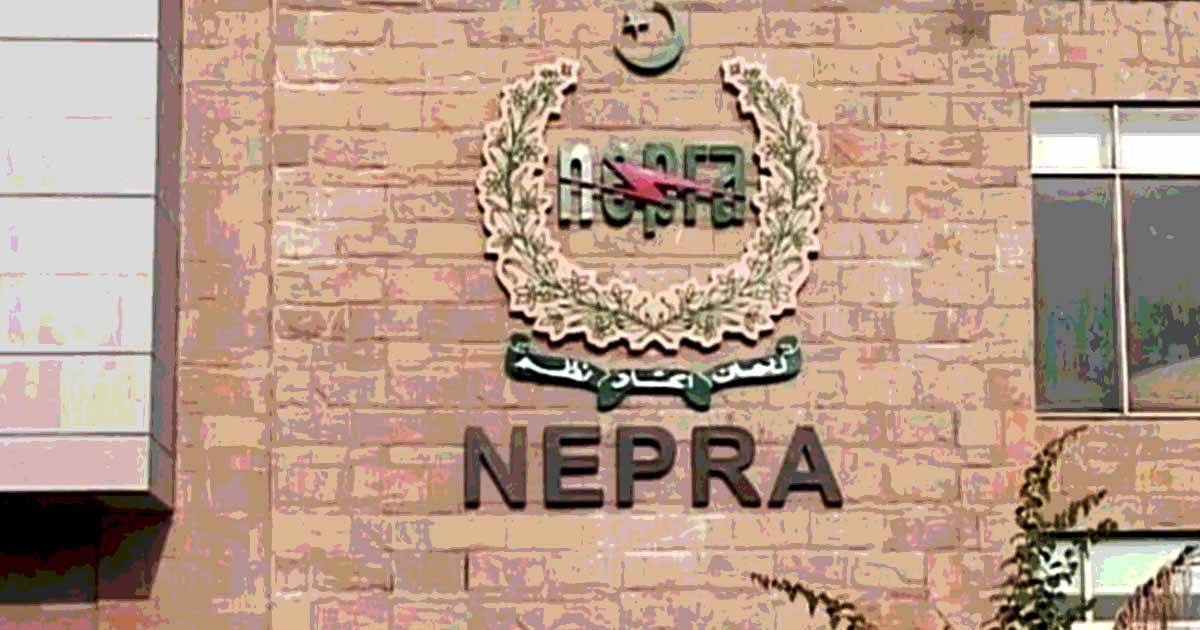On Wednesday, the National Electric Power Regulatory Authority (Nepra) stated that the cost of hydel projects should be paid by consumers (provinces) who use water for agricultural purposes rather than electricity consumers.
This remark was made by Nepra Chairman Tauseef H Farooqi during a public hearing on a petition filed by the Water and Power Development Authority (Wapda) seeking a revision to its generation license in order to allocate additional electricity for auxiliary usage.
In response, the authority raised major concerns about the performance of hydel projects in terms of power generation at a time when the whole country is experiencing load shedding of around 1- to 15 hours while consumers are paying hefty electricity cost of more than Rs. 30 per unit.
Read more: NEPRA approves price hike for Karachi amid intense load shedding
Chairman Nepra said that when reservoirs are established with a purpose to retain water and release it for another purpose (agricultural), and energy is produced as a byproduct, these should be designed as PSDP water projects, with the cost borne by the customers (provinces) who use water for agriculture.
He went on to say that once the projects are completed, Wapda should install additional electricity infrastructure and receive payment on take and pay against supply of electricity, adding why these projects were established on a take or pay basis when the regulator has no control over them as electricity consumers demand more supply.
Chairman Nepra stated that the cost of these projects should be paid by the customers (provinces), not the consumers whose electricity is used, and that consumers should only pay for the electricity they use, not the cost of the project.
Maqsood Anwar Khan, a KP member, said that Wapda’s Chitral project, for which power is imported, has been obsolete for a long time.
Moreover, Wapda officials proposed that the Nepra Authority approve a rise in auxiliary usage for 12 of the 22 projects because 10 of them are not economically viable.
Wapda officials responded to a question and stated that the 107 megawatts Golan Gol Hydropower Project is functioning only on five megawatts.
Chairman Nepra said that Golan Gol receives payment at a rate of 95% operating and queried why consumers are subjected to load shedding of 10 hours, 15 hours, and 20 hours whereas Wapda shared the causes for issues in its plants/projects.
Chairman Nepra proposed that the regulator approve auxiliary usage on net capacity rather than gross capacity, as is now the case. Wapda representatives expressed support for Chairman Nepra’s plan, requesting that Wapda projects receive the same treatment as IPPs.
Wapda officials were also questioned about operation scheme (head of water) for1530 MW Tarbela- V Extension. Wapda officials apprised the Authority that this project will operate for three months- May, June and July – however, presently, work on it is suspended due to tunnel issues. The plant factor of Tarbela –V will be 10.21 per cent.
Wapda officials explained that water is being released from the tunnel for agricultural purposes, but it is being wasted owing to the lack of a powerhouse, and that the Tarbela-V payback period will be 10.8 years.
Member Sindh recommended that Wapda should be granted a separate generation license for each project, but Chairman Nepra rejected the idea, stating that Wapda recently raised $ 500 million from the international market based on its financial health, and that granting separate generation licenses to each of its companies would be detrimental to the organization.














